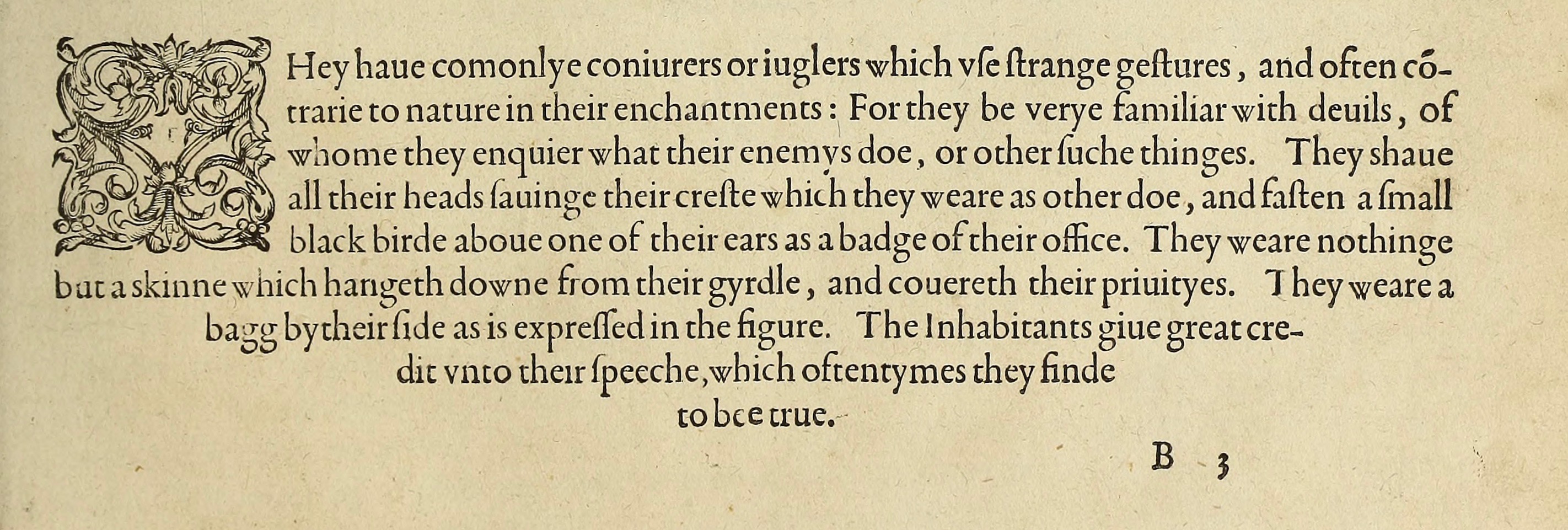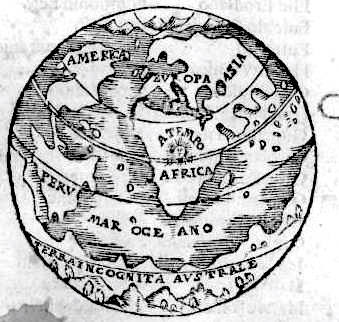Curated by William Evans, Harold Triedman & Zoe Zimmermann
Race can be a way of seeing, and racial imagery can both construct exploitative worldviews and free us from them. These books, written about the Americas for European audiences, deal with the shifting iconography of race in the Atlantic world. They demonstrate how writers and publishers deployed a balance of the familiar and the exotic befitting their interests in their depictions of race.
Rather than choose books with the most obvious racial caricatures that abound during this period, we have chosen to highlight slightly more nuanced, if no less insidious depictions of race. These three books demonstrate just as many ways of dealing with race in the context of colonialism. A briefe and true report disparages the culture of Indigenous peoples while elevating their bodies according to European standards. The Indian nectar deals with race and indigeneity through its conspicuous omission of the slave labor behind chocolate production. An Historical account of the black empire of Hayti inverts European norms by depicting formerly enslaved people as refined and French colonizers as barbaric and depraved, employing racist iconography of the savage in the process. These books demonstrate how European writers could draw upon familiarity and exoticism to shift the narrative of race and indigeneity according to their interests, thus shifting cultural interpretations of race itself.
How do we display these texts without recreating the racist tropes within? Do these texts leave room for “Indigenous survivance” or do they only reflect a European perspective? Who “owns” these texts?
Familiar Bodies, Exotic Culture

Thomas Harriot, A briefe and true report of the new found land of Virginia. Frankfurt: Theodor de Bry, 1590.
Toussaint L’Ouverture and the Iconography of the Haitian Revolution

Marcus Rainsford, An historical account of the black empire of Hayti. London: James Cundee, 1805.
Neglecting Race in the Chocolate Trade

Henry Stubbe, The Indian nectar, or A discourse concerning chocolata. London: James Cottrell, 1662.
